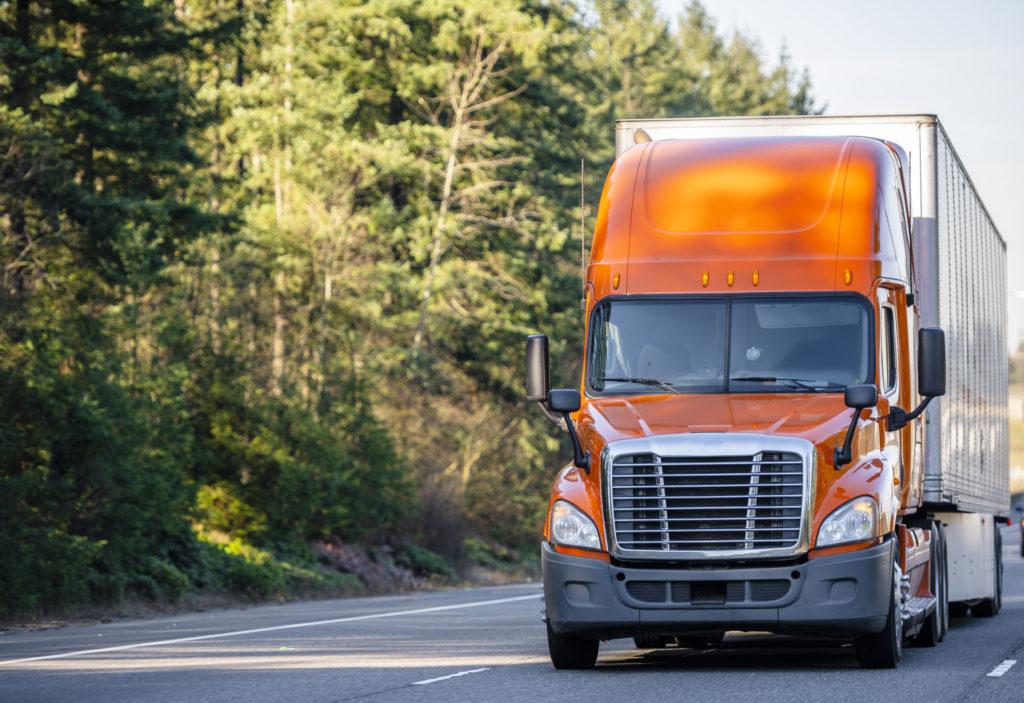
Successful trucking operations rely on substantial traditional and non-traditional partnerships within the industry, said National Highway Traffic Safety Administration representatives.
Recently, NHTSA hosted a virtual panel discussion entitled “Where the Rubber Meets the Road: NHTSA’s Regional Operations and Program Delivery,” which was part of the agency’s 50th anniversary celebration focusing on road safety.
The agency, which operates 10 offices around the country to help states identify and find methods of training and improvement for highway safety issues, counts on its partnerships with various programs, organizations, and groups, said NHTSA’s regional administrator, Susan DeCourcy. These partners include child passenger safety campaigns, hospital staffers working on safety campaigns, and organizations like Mothers Against Drunk Driving.
DeCourcy noted one particular annual campaign held throughout Region 7, which includes five Midwestern states and the entire metropolitan area of Kansas City, in which law enforcement and other regional representatives work to lower drug-impaired driving numbers each April.
“[Our] greatest accomplishment is regional partnership,” DeCourcy said. “Our unity has really made it more effective.”
Following data as safety trends train is also of the utmost importance, she explained. As safety campaigns have varied over the years from focusing on the need for regular seat belt use, to the dangers behind allowing children to ride in the front seat, to the realities of driving under the influence, organizations have worked with law enforcement to follow data and determine what certain regions need to focus on most.
“Not only have the regional offices experienced a transformation over time,” [but] so has the development, collection, and use of data,” said Decourcy.
These kinds of research will also guide the adoption of technology into various vehicle development, said James Owens, Deputy Administrator of NHTSA.
“It’s no secret that we’re in the midst of a revolution of automotive technology,” he said. “Some of these developments may make our cars cleaner than ever, and others may make them safer than before.”
In particular, automated vehicle technology is expected by many industry professionals to boost overall road safety and also bring more options of mobility to those with any transportation difficulties, said Transportation Secretary Elaine Chao.
“Today, we are so fortunate because new driver assistance technologies are making exciting contributions to improving vehicle safety,” Chao said.
The four-day panel discussion included conversations from Robert Ritter, the director of the Office of Impaired Driving and Occupant Protection; Mary Byrd, a highway safety specialist; DeReece Smither, a research psychologist; Stephen Ridella, Director of the Office of Defects Investigation; Jenny Dang, the Division Chief of new car assessment; and many others.
While preliminary conversations focusing on initiatives promoting seat belt and child passenger restraint usage, discussions continued into looking at vehicle and equipment defect investigations and recalls–including the recent Takata airbag recall–as well as focusing on law enforcement and EMS partnership importance, NHTSA Safety Ratings, consumer education efforts, grant administration, and program delivery.
Overall, it was clear throughout the event that continued partnership and collaboration with a variety of groups and organizations is the key to seeing safety efforts flourish, expand, and improve drastically.
Regional program manager Brian Huynh pointed out yet another vital partnership–a collaboration with the Girl Scouts. Girl Scouts have helped to promote pedestrian safety via presentations and a special patch given for those participating in the program, which was implemented in Hawaii, part of NHTSA’s Region 9.
According to Huynh, regional program managers like himself work specifically in collaboration with government officials, court officers, and prosecutors.
“We work on programs, priorities, and partnerships, and we take to heart that collaboration gets the work done,” he explained “We work with other people. We take on the role of Swiss Army diplomat.”
Although the virtual panel discussion for “50 years of advances in road safety and the challenges ahead” has concluded, there are benefits to it having been a virtual event–all six individual discussions that took place over the four days, as well as the secretary’s remarks and deputy administrator’s keynote, were recorded and are available for viewing online here.
Reader Interactions